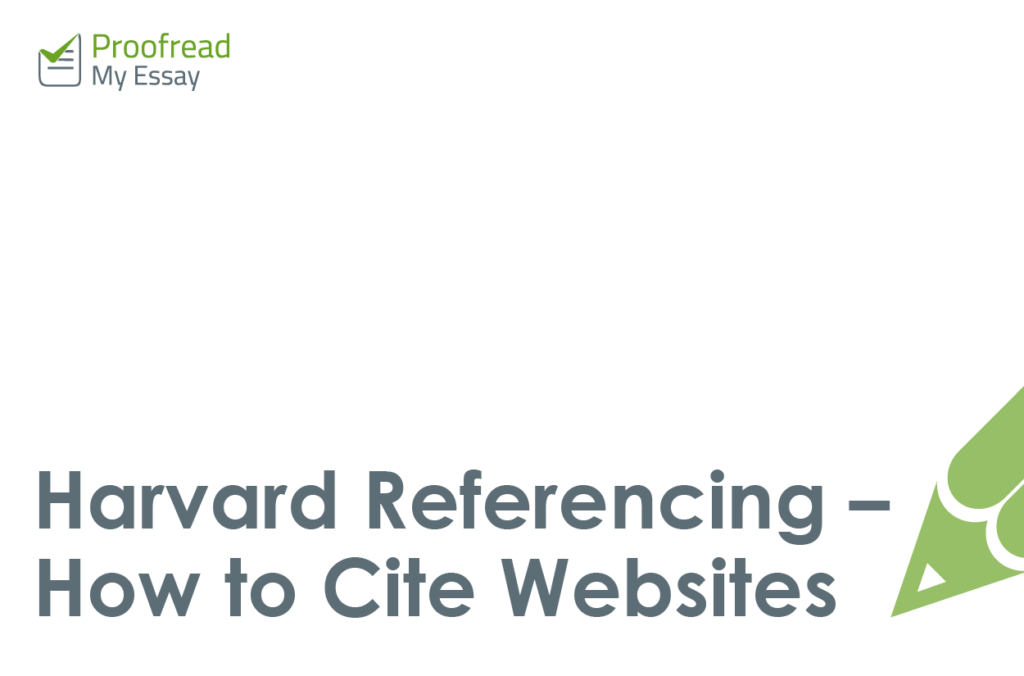With so much information now available online, it’s hardly surprising that most students end up citing websites in their academic work. But since most referencing systems focus on traditional sources like books and journals, knowing how to do this can be tricky.
Thus, to help out, we’ve prepared a quick guide to citing websites using Harvard referencing.
In-Text Citations (Named Author)
When citing a website, the information required for in-text citations is the author’s surname and a year of publication. For instance:
Rousseau converted to Catholicism in 1728 (Bertram, 2010).
Websites don’t have page numbers, so these aren’t required when quoting an online source. However, you could include a paragraph or section number (use ‘para.’ to signal a paragraph number or the ‘§’ symbol to denote a section):
According to Bertram (2010, § 2.1), Rousseau thought that morality is often displaced by ‘the impulse to dominate, oppress and exploit’.
In-Text Citations (No Named Author/Date)
When no author is named for a webpage, you can give an organisational author. This will usually be a company (e.g. Pepsi) or agency (e.g. the HMRC):
Tax avoidance often involves contrived transactions that serve no purpose other than exploiting legal loopholes (HMRC, 2016).
If no date of publication is available, use ‘n.d.’ to indicate this:
Moths are ‘an essential part of food chains’ (RSPB, n.d.).
Find this useful?
Subscribe to our newsletter and get writing tips from our editors straight to your inbox.
It can be hard to spot the author and publication date for websites, though, so make sure to check carefully before omitting this information.
The Reference List
As with any source used in your work, you should list all cited websites in the reference list at the end of your document. The information needed here is:
Author Surname, Initial(s). (Year/Date of Last Update) Title of web page [Online]. Available at URL [Accessed date].
The ‘date of update’ field only applies if the page has been updated since it was published, so don’t worry about this if no updates are listed. The date of access (i.e. the date you accessed the site) is required for all online sources, though.
In practice, the reference list entry for a website would look like this:
Bertram, C. (2010) Jean Jacques Rousseau [Online]. Available at plato.stanford.edu/entries/rousseau/ [Accessed 24 October 2016].
Of course, if a webpage is missing a named author or date of publication, you should indicate this in the reference list:
RSPB (n.d.) Grow Food for Moths [Online]. Available at https://ww2.rspb.org.uk/makeahomeforwildlife/givenatureahomeinyourgarden/gardenactivities/growfoodformoths/ [Accessed 19 September 2016].
A Quick Note on Harvard Referencing
Although ‘Harvard referencing’ is commonly used by UK universities, there are dozens of variations on the basic parenthetical citation system described here. As such, it’s crucial that you check your university’s style guide for advice on the correct version to use.
